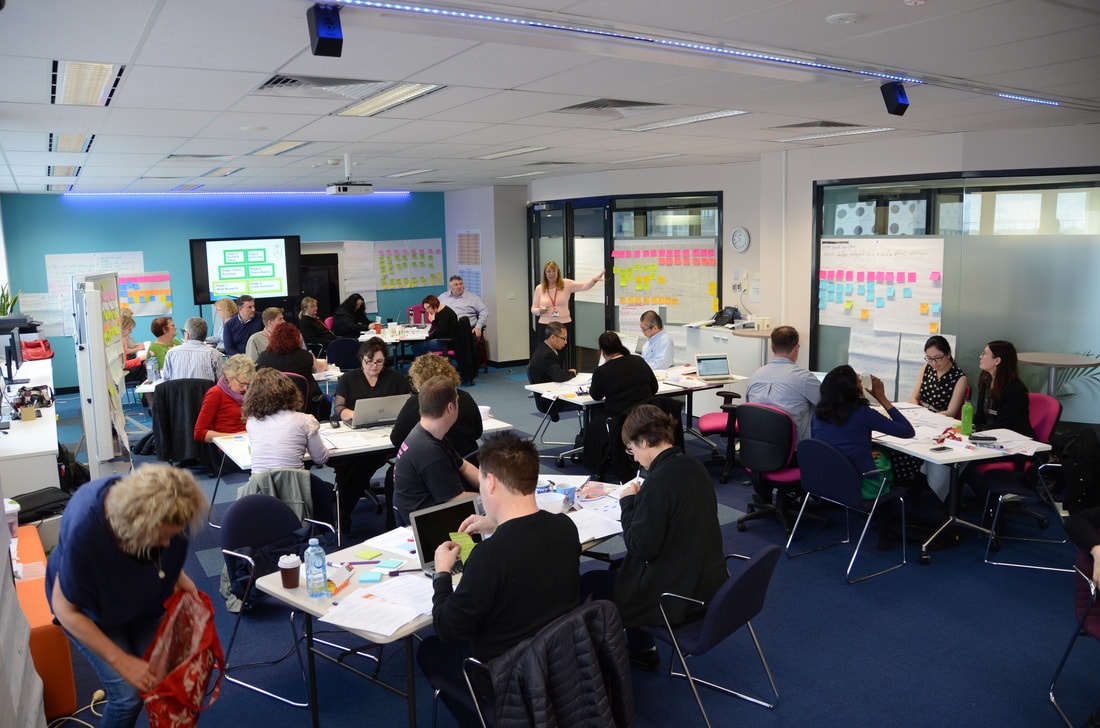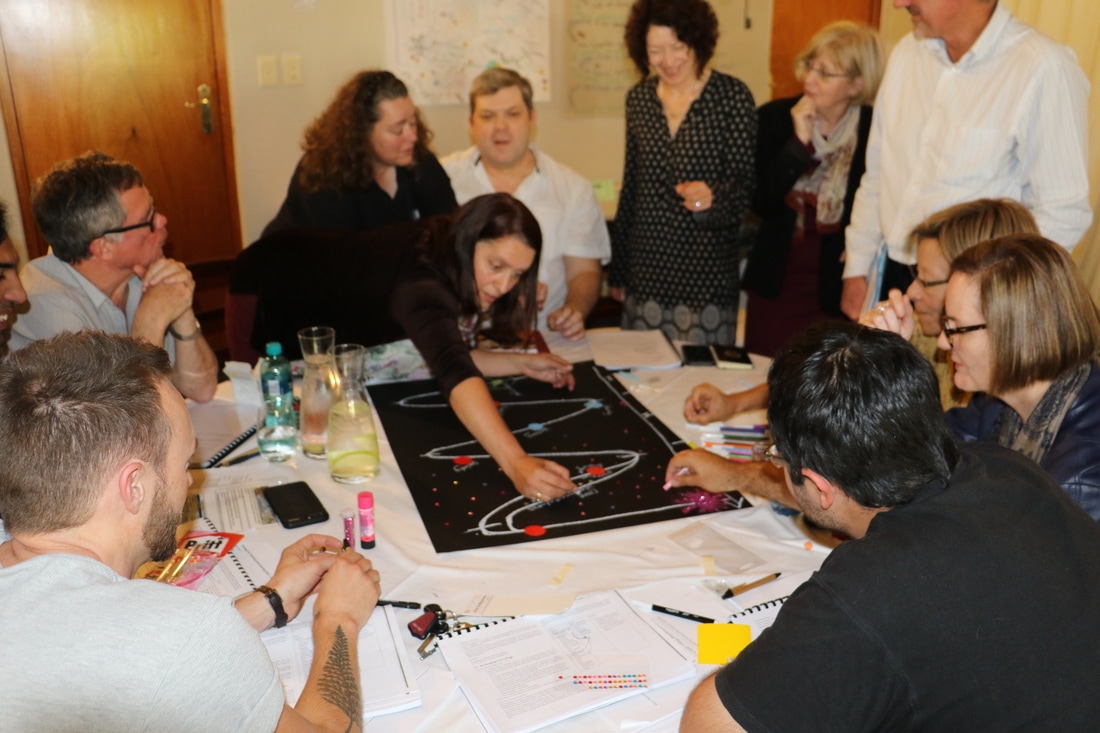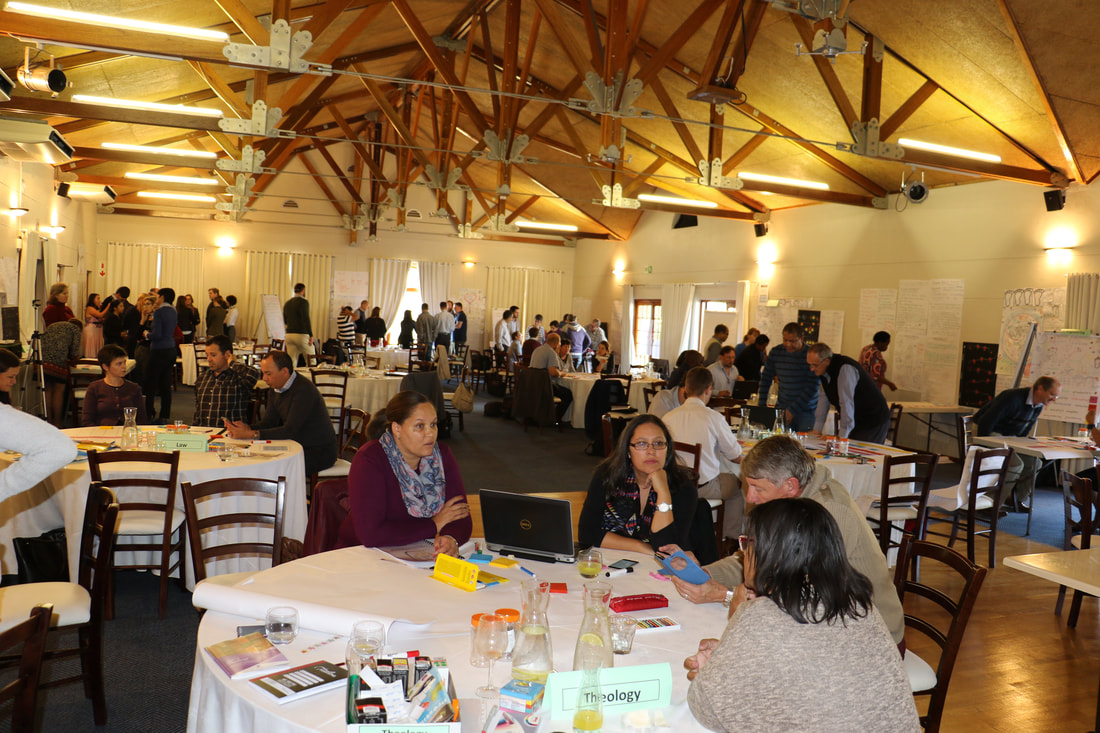|
It’s nearly 18 years since the concept of Carpe Diem learning design was born on a dark night in Glasgow… The methodology is called ‘Carpe Diem’—meaning ‘seize the day’. Carpe Diem Learning Design was established around the year 2000 as a small Research and Development initiative using agile project development to design innovative student-centred courses whilst simultaneously and rapidly building academic staff confidence and capability. It actively and successfully promoted and encouraged team work, especially across faculty, technologists and librarians (Sputore et al., 2016). From around 2005, Carpe Diem was built upon by a UK Higher Education Academy-funded project, ADELIE (Advanced Design for e-Learning Institutional Embedding). It was actively championed by adoptees in many countries and disciplines. The process has been highly effective in positively impacting on the experience of on-campus, blended, MOOCs, and distance and online learners and the staff who lead change and development (Salmon & Wright, 2014). Carpe Diem for Modules/Units at Swinburne University of Technology, Melbourne, Australia 2015 The original Carpe Diem design drew from creative processes, agile project development, storyboarding and the constantly updated research on the 5-stage model, e-tivities, and e-moderating. The process was delivered intensively over a one or two-day workshop, whereby “…every moment of time during the workshop would be spent on designing something that could be put into immediate use” (Salmon, 2013, p. 73). It uses well-researched pedagogical processes (Salmon, 2013) but applies them effectively and fast. During Carpe Diem workshops staff participants rapidly become informed, determined and enthusiastic. They apply their designs and work directly with engaging students – without challenge to their fundamental ideologies of their discipline or beliefs about teaching (Goldingay et al., 2017). A major change from the frequent cries of ‘resistance’! Pedagogical practice is rapidly transformed, which is of critical importance in a perennial time-poor sector (Sambell et al., 2017). There is visible confidence building and interest among academics in using their institutional-provided Learning Management System/Virtual Learning Environment (LMS/VLE) for student activities. The team approach results in better professional relationships which are sustained after the intervention (Salmon & Wright, 2014). Scaling up Since its beginnings, many hundreds of Carpe Diem learning design workshops have been run all over the world and across every discipline. A MOOC helped to ‘crowd-source’ the experience and practice (Salmon et al., 2015). For example, at the campus-based and research-intensive University of Western Australia, 347 units/modules of learning were transformed over a two and half year period using the method. This volume resulted in a major ‘tipping point’ for engagement with the LMS/VLE, and upward movement in students’ satisfaction ratings and their engagement with their learning resources. Carpe Diem for Programmes, University of Liverpool Management School, UK, October 2017 Towards the end of this intensive scaling up period at UWA, it was realised that there was value in addressing the overall approach of the curriculum and modes of learning of a degree or programme of study, before undertaking the detailed design work that had proved so popular and successful. Prototyping commenced with the aim of producing outputs of the overall concepts of programme mission, scaffolding and storyboarding. Research and prototyping work commenced using similar creative processes that had been successful with module or unit-based Carpe Diems but introduced additional oversight methods and future proofing. These include soft systems methods (Wang et al., 2014; Flood, 2017), scaffolding (Salmon, 2011) and key educational concepts applied to design thinking especially Threshold Knowledge (Timmermans & Meyer, 2017). In May 2017, on bright and sunny days in South Africa the notion of Carpe Diem for Programmes was tried at scale …. As part of a wide-scale strategic process of Curriculum Transformation at the University of Stellenbosch in South Africa, a large scale Programme Carpe Diem was undertaken with 110 university staff, involving, in most cases, very radical rethinking of their approaches. Following the Programme Day, design workshops were run over 2 days for selected modules. All teams left with a fresh understanding of the potential and clear action plans to ensure delivery to students. The experience resulted in a highly strategic approach and support by senior executives of the university but also several days of cross-disciplinary and multiple-role collaboration …great enjoyment and very hard work! Carpe Diem for Programmes, Stellenbosch University, South Africa, May 2017 Vice Rector (Learning & Teaching) for Stellenbosch University, Professor Arnold Schoonwinkel, commented “Carpe Diem gave Stellenbosch University a powerful methodology for curriculum renewal. While Carpe Diem is often applied for the renewal of courses (units or modules), SU worked with Prof Salmon to adapt the methodology for our institution-wide renewal at programme level. The process at the 4 day off-campus workshop was highly effective to join faculty and support staff in 10 teams to focus on the renewal of at least one programme per faculty. We intend using a Carpe Diem based process for a cyclic renewal of all SU’s undergraduate degree programmes and constituent modules.” Carpe Diem for Programmes, Stellenbosch University, South Africa, May 2017 At the Learning Café at OEB December 2017 in Berlin… At the 2017 OEB conference, Professor Salmon will launch the new method of Carpe Diem for Programmes and invite the participants to try out some features of design for themselves, ready to transform learning experiences for their own students. More information about Carpe Diem can be found at www.gillysalmon.com/carpe-diem References
Flood, R. L. (2017). Thirty years of systemic practice and action research. Systemic Practice and Action Research, 30(3), 209–211. doi: 10.1007/s11213-017-9411-1 Goldingay, G., Haintz, G.L., Ryan, J. Hitch, D., & Macfarlane, S. (2017). Australian social work academics’ perceptions of their teaching roles within higher education. Higher Education Research & Development, 36(5), 975-988. doi: 10.1080/07294360.2016.1263933 Salmon, G. (2011). E-moderating: The key to teaching and learning online (3rd ed.). London & New York: Routledge. Salmon, G. (2013). E-tivities: the key to active online learning (2nd ed.). London & New York: Routledge. Salmon, G., Gregory, J., Lokuge Dona, K., & Ross, B. (2015). Experiential online development for educators: The example of the Carpe Diem MOOC. British Journal of Educational Technology, 46(3), 542-556. doi: 10.1111/bjet.12256 Salmon, G., & Wright, P. (2014). Transforming future teaching through ‘Carpe Diem’ learning design. Education Sciences, 4(1), 52-63. doi: 10.3390/educsci4010052 Sambell, K., Brown, S., & Graham, L. (2017). Engaging Staff in Their Own Professional Development. In Professionalism in Practice (pp. 227-260). Cham, Switzerland: Palgrave Macmillan. Sputore, A., Humphries, H., & Steiner, N. (2016). Strength through partnering: New professional development opportunities in academic libraries. 12 -14 August 2015 Cape Town, South Africa. http://library.ifla.org/1920/1/S02-2015-sputore-en.pdf Timmermans, J. A., & Meyer, J. H. F. (2017). A framework for working with university teachers to create and embed ‘Integrated Threshold Concept Knowledge’ (ITCK) in their practice. International Journal for Academic Development. Advance online publication. doi: 10.1080/1360144X.2017.1388241 Wang, W., Liu, W., & Mingers, J. (2015). A systemic method for organisational stakeholder identification and analysis using Soft Systems Methodology (SSM). European Journal of Operational Research, 246(2), 562-574. doi: 10.1016/j.ejor.2015.05.014 Further reading Rich pictures & soft systems Ghangurde, S. (2011). Business diagrams. Retrieved from http://bizdiag.blogspot.com.au/2011/08/rich-pictures-guidelines-for-business.html Inscript Design. (n.d.). Rich pictures. Retrieved from http://inscriptdesign.com/rich-pictures/ Design thinking Design thinking. (n.d.). In Wikipedia. Retrieved from https://en.wikipedia.org/wiki/Design_thinking
0 Comments
Your comment will be posted after it is approved.
Leave a Reply. |
AuthorFollowCategoriesArchives |




 RSS Feed
RSS Feed
